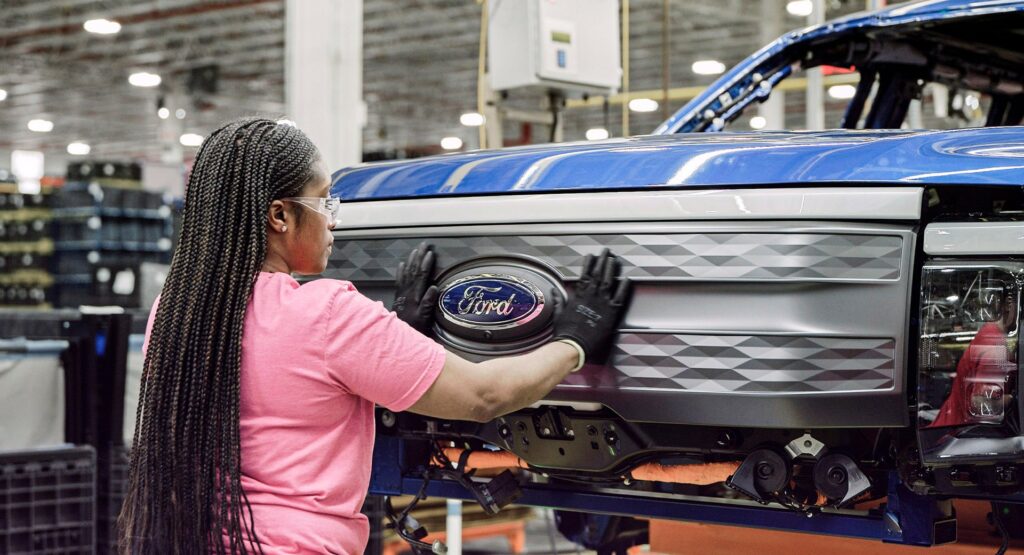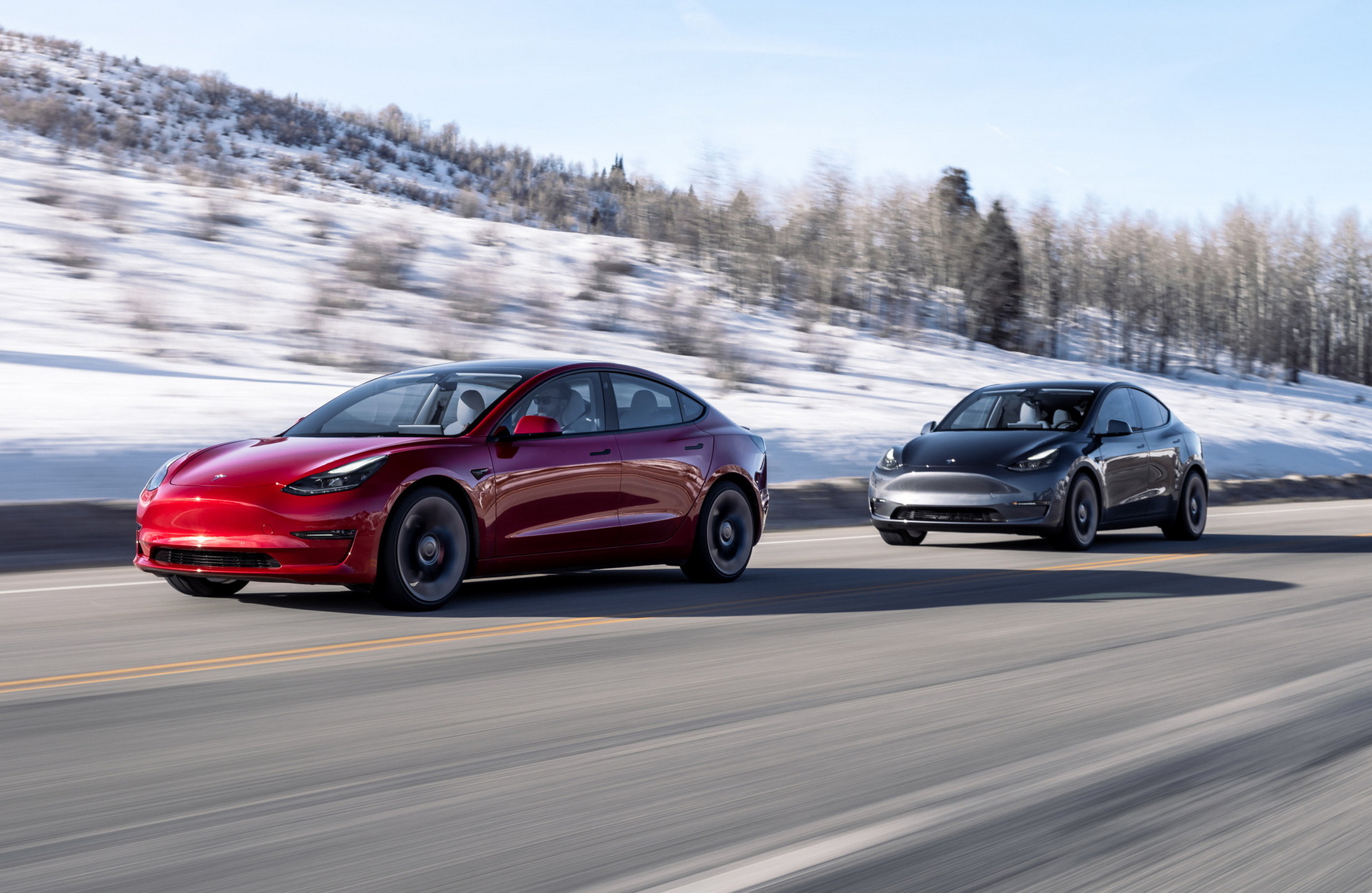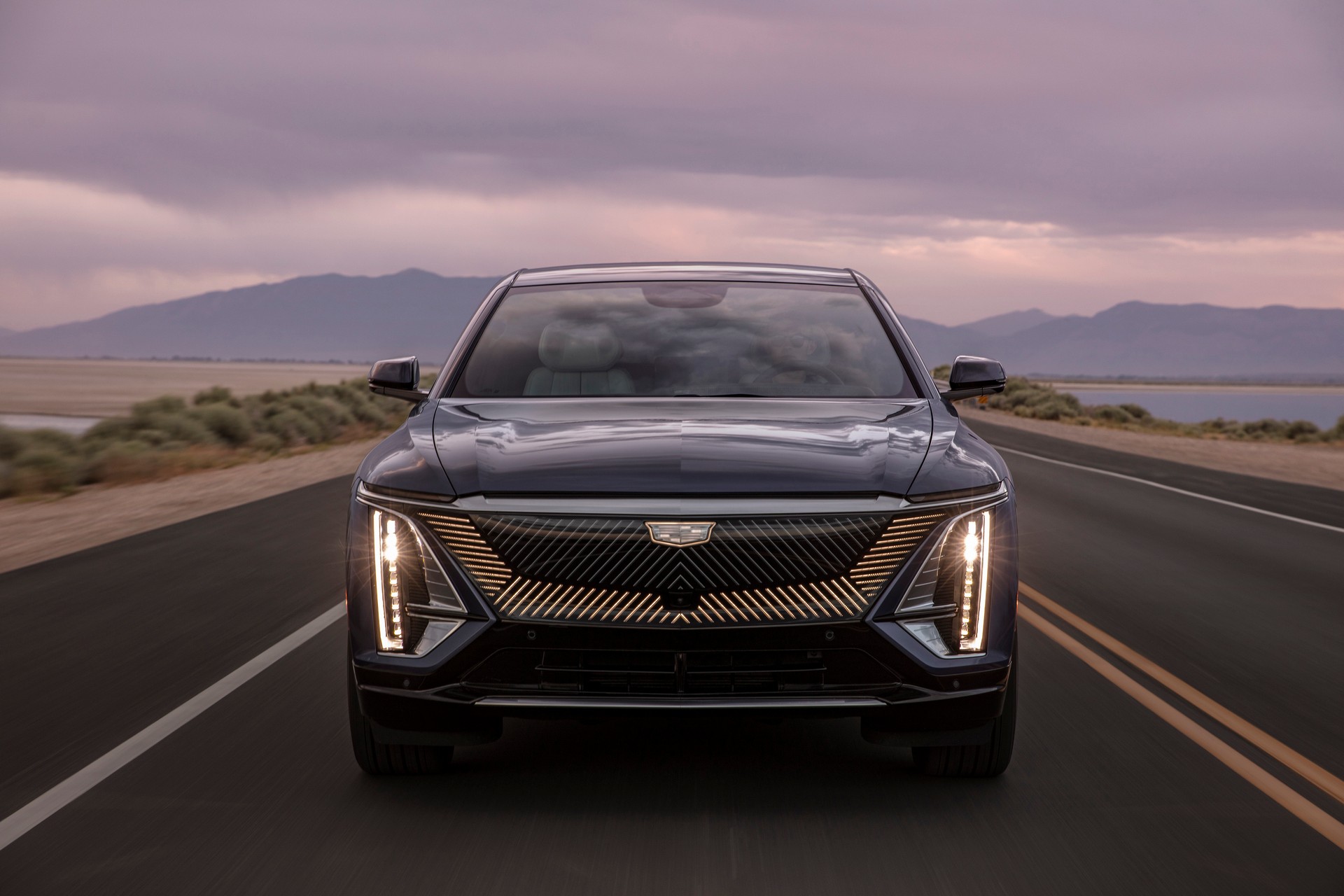The Inflation Reduction Act of 2022 has just passed the Senate after a 51 to 50 party-line vote. As it goes to the House for what will almost surely be an easy pass we’re taking a deeper look at the newly uncapped $7,500 EV tax credit included in the bill. While it will offer new EV buyers further incentive to switch, it will also require automakers to switch their manufacturing plans and eventually end their reliance on China for the battery supply chain.
The old $7,500 EV tax credit was capped at 200,000 vehicles per manufacturer so some automakers, like Tesla, were no longer eligible. That will now change as the new law uncaps the program. Of course, at the same time, it places new stipulations on the system that will cause a shift in the way that manufacturers approach production.
Most importantly it says that to be eligible in 2024, a vehicle must not only be built in North America but its battery must be comprised of at least 40 percent of materials sourced in North America or a US trading partner. Each year that percentage rises by 10 percent until by 2029, when it’s at 100 percent of the battery components. Today, China makes up some 76 percent of the lithium-ion battery market.
Read More: Big Incentives Are A Part Of Newly-Launched Tesla Ownership Loyalty Program In China
An article in The Verge points out that no vehicle currently in production today would be eligible for the tax credit if the 2024 regulations were put in place immediately. John Bozzella, president and CEO of the Alliance of Automotive Innovation is quoted as saying, “The $7500 credit might exist on paper, but no vehicles will qualify for this purchase incentive over the next few years.” That means that manufacturers will have to act quickly if they want to keep their vehicles eligible.
“There are 72 EV models currently available for purchase in the United States including battery, plug-in hybrid and fuel cell electric vehicles,” writes Bozzella in a blog post. “Seventy percent of those EVs would immediately become ineligible when the bill passes and none would qualify for the full credit when additional sourcing requirements go into effect. Zero.”
That small part about “or a US trading partner” makes a huge difference because it makes this part of the bill less about actually producing the batteries in North America and more about making sure that they’re not made in China. US trading partners include South Korea, Singapore, Mexico, Australia, Bahrain, and more.
In addition, what matters is that the battery components can’t just be manufactured anywhere so long as it’s by an American company. For example, Tesla can’t build a battery in Shanghai and still qualify for the credit. Despite that, we expect the bill to benefit Tesla along with lots of other EV makers like General Motors and Ford. Most major manufacturers are in the midst of working on new battery production facilities which could keep them in line with the stipulations set for 2024 and beyond.






